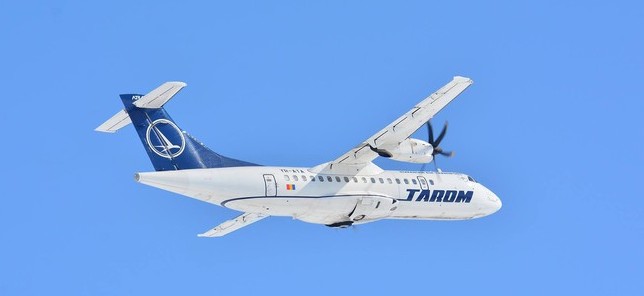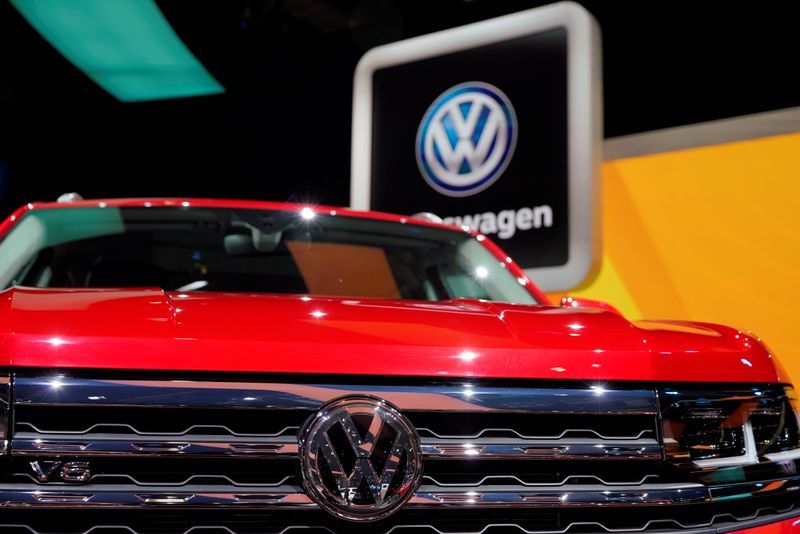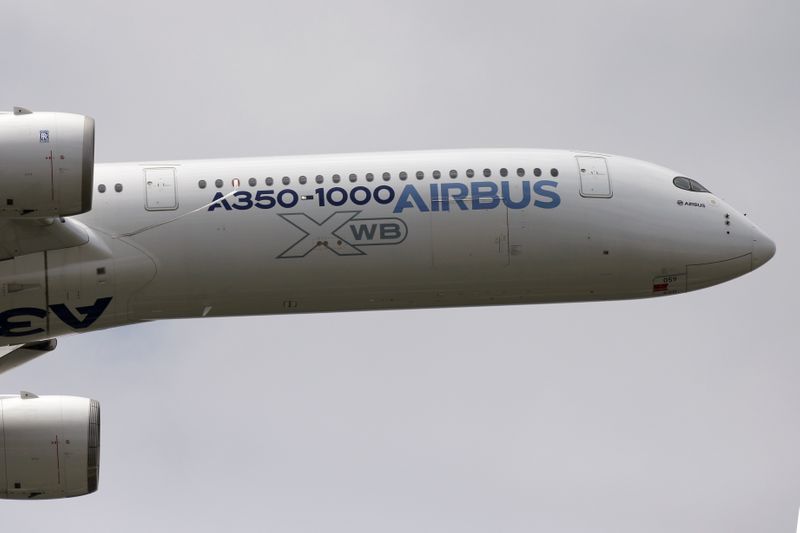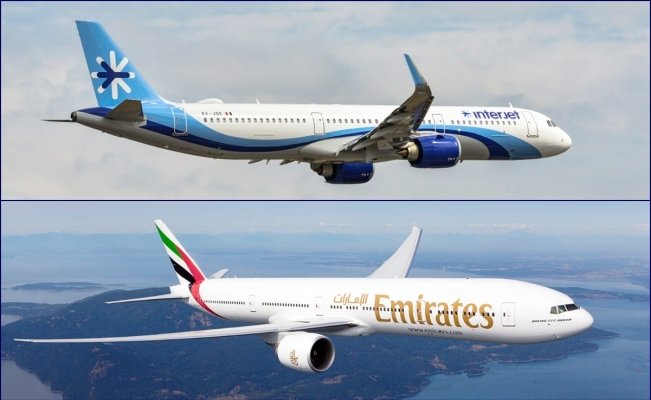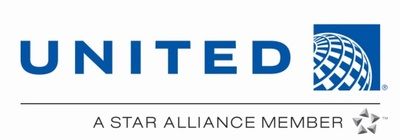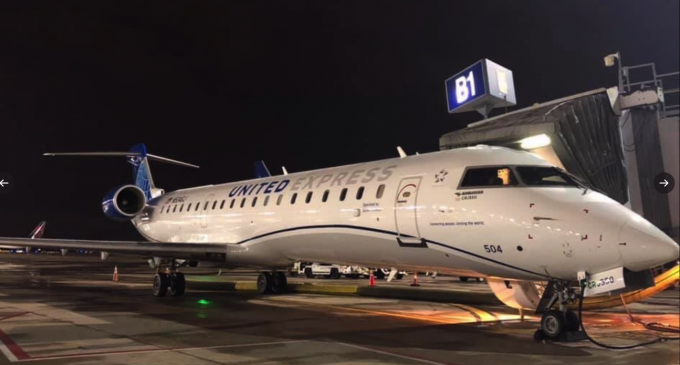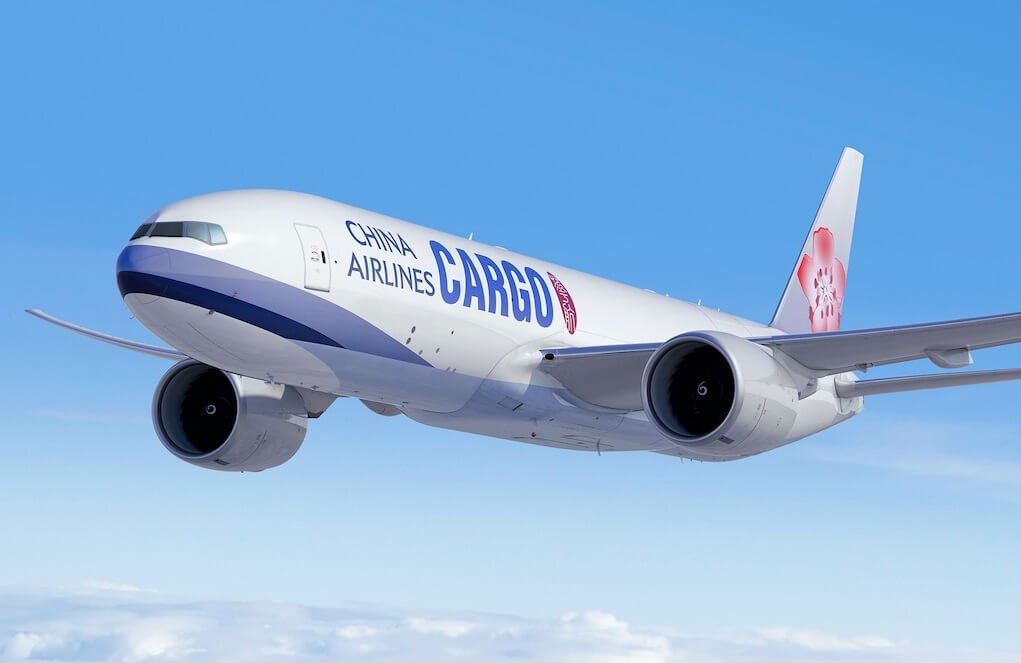TAROM, Romania’s national flag carrier, today took delivery of its first ATR 72-600 aircraft, the market-leading product of the world’s number one regional aircraft manufacturer. With a brand new livery, this aircraft is the first of a leasing contract with leading regional aircraft lessor NAC, for nine ATR 72-600.
TAROM has been very successful in its domestic market operations by using ATR aircraft – both ATR 42‑500 and ATR 72-500 – to compete with low cost carriers. When this major fleet upgrade is completed, by the end of 2020, the Romanian carrier will offer an additional 330,000 seats every year, at the same operating cost as its previous seat level, improving short haul connectivity in Romania. With ATR 72-600 burning 40% less fuel and emitting 40% less CO2 than similar-sized regional jets, TAROM will support the development of local and more isolated communities in a responsible way, while further consolidating their position in the market.

TAROM Chief Executive Officer George Barbu said: “We are looking forward to starting operations with our brand new ATR 72-600, the only aircraft on the regional market to meet our ambitious targets in terms of efficiency, modern technology and environmental performance. We are going to be able to develop new routes and increase frequency and seat availability, whilst offering the highest levels of comfort and technology.”
NAC Chairman, Martin Møller added: “The economics of the ATR 72-600, its modernity, passenger comfort and flexibility, along with proven environmental credentials make it an attractive asset, for both lessors and airlines. We thank TAROM for the confidence they have placed in NAC and we look forward to strengthening our relationship in the future.”
Stefano Bortoli, Chief Executive Officer of ATR commented: “Renewed confidence from a loyal customer is the best possible endorsement for an aircraft manufacturer. Especially when the decision is made after a vigorous evaluation of the existing solutions on the market – we know that our product is working for our customers. All regions deserve the same opportunity to be part of a connected world and ATR aircraft show unrivalled performance in connecting people and businesses responsibly.”
TAROM and ATR have been working together for 20 years. This major fleet upgrade will also enable the airline to benefit from state-of-the-art avionics, including glass cockpit, LPV and V-NAV capabilities, for safe, flexible and efficient operations.
